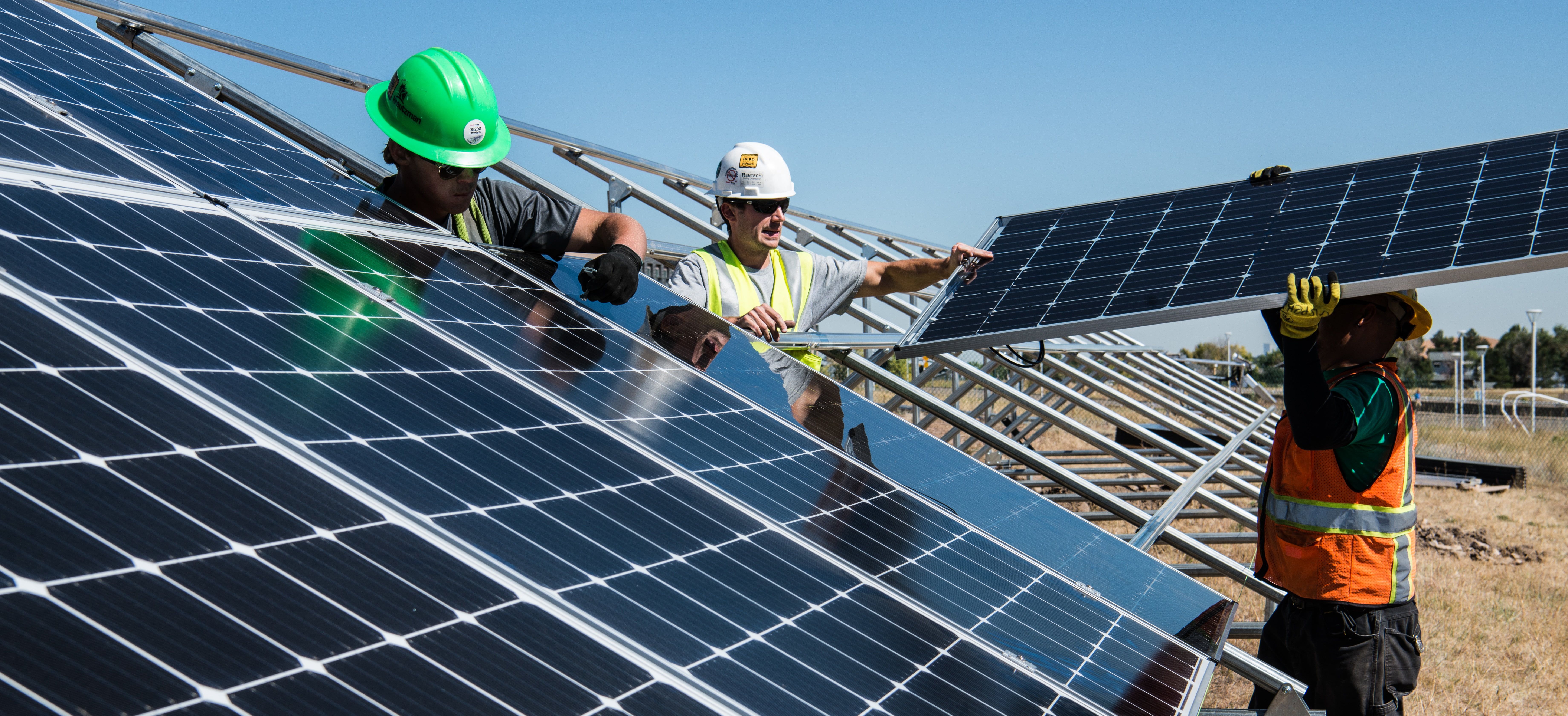
Written by Meghan
January 11, 2020
With the affordable housing stock in the region continuing to shrink at rapid rates, families staying in our emergency shelter have had an increasingly difficult time finding apartments they can afford. Unfortunately, this is not a problem only being faced by the families we see coming through our doors; each year a shocking 41.5% of Rensselaer County families headed by a single mother live in poverty.¹
A mother of two making minimum wage would need to work at least 76 hours per week just to be able to afford the current Fair Market Rent for a two-bedroom apartment in Rensselaer County.²
With so few affordable units available and an average waiting period of eight to thirteen months,³ we knew we had to help and began brainstorming ways to enter the affordable housing market.
In 2017, we finally found what we’d been looking for, a multi-family home, along with a vacant lot next door, for sale less than a mile away from our emergency shelter for mothers and children. We jumped at the opportunity to be able to serve more families and began renovations to what will become the Lee Dyer Family Apartments; ten units of affordable, high-quality, permanent housing for local families.
When researching the project, we learned that many families living in poverty are not only rent-burdened, but are also burdened by the cost of their utility bill each month. In fact, the bottom 20% of earners spend 10% or more of thei income solely on utilities, that’s more than seven times the portion of income paid by the top 20% of earners.4
Currently, 67% of low-income families with children are unable to adequately meet their heating, cooling, and energy needs.5
While many may initially attribute this disparity to the wealth gap, other causes begin to rise to the surface as you dig further into the issue. For one, lower income families are actually paying more for electricity per square foot than higher income families.4
As newery energy sources enter the market, wqealthier families can afford to pay the upfront cost to adopt the new technology, while lower-income families are forced to wait until prices drop. This leave low-income families stuck living in homes with inefficient heating systems that run on more expensive fuel than families who can afford to upgrade their systems.6
In addition, the majority of low-income families cannon afford to purchase a home and are instead forced to rent from landlords who have no incentive to make upgrades to heating systems that will only save their tenants money.4
¹ 2013-2017 American Consumer Survey
² U.S. Department of Housing and Urban Development
³ Troy Housing Authority and Rensselaer Housing Authority March 2019 data
Related Articles
St. Paul’s Center Holiday Season 2022
Thank you to everyone who adopted a family this holiday season! Our staff and families were blown away by all of the presents! A special thank you to the amazing volunteers who came in and threw a holiday party for all the mothers and children in our programs. This...
Salvage and Shine Partners with St. Paul’s Center
For Immediate Release Media Contacts: Alessandra Payne / Dinah Russell-Rose [email protected] / [email protected] Local Entrepreneurs Form Partnership to Sell Fundraiser Products for the Benefit of Saint Paul’s Center Shelter in...
Fall Festival with the Zonta Club!
When the weather gets too cold for the playground we have a fall festival! A special thanks to the Zonta Club for bringing all of our kids gifts and brand new books. This is the second event this year the Zonta Club held for our...

